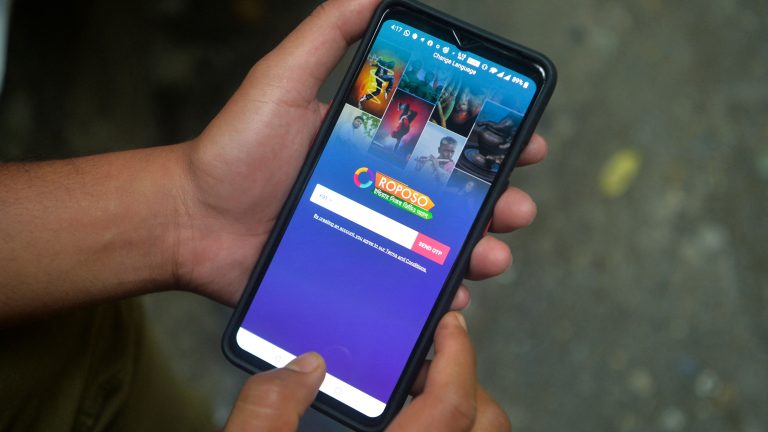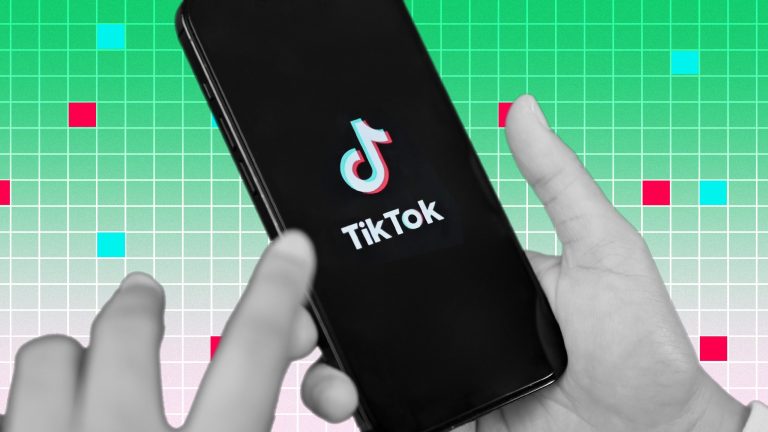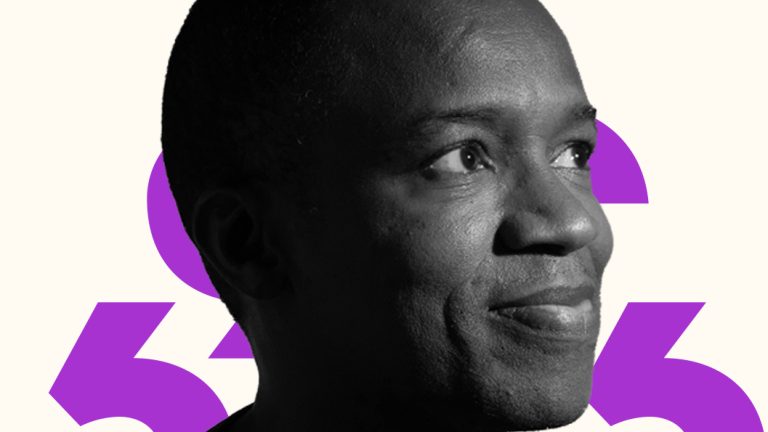Aditi Kaushik had over 55,000 followers on TikTok when the Indian government suddenly banned the Chinese short video app on June 29, 2020. Desperate to keep earning via social media, the 23-year-old creator from the central Indian state of Madhya Pradesh started using Moj, one of many homegrown TikTok clones that had launched soon after the ByteDance-owned platform was banned.
In the two years since, she has amassed 1.2 million followers on Moj. Last year, she also signed up as a paid content creator with the app, and now earns around 15,000 rupees ($182) a month through the platform. “I have to post 20 exclusive videos on the app every month,” Kaushik told Rest of World. “Some of them I do in my local language.”
Despite her success, Kaushik has her heart set on Instagram, which has a much larger user base in India and globally. She feels the Meta-owned app, where she currently has only around 2,000 followers, can help her earn better, and give her a chance to become a global social media celebrity. Instagram also has a better user interface and more filters than Moj, she added.
Before it was banned, TikTok was wildly popular in India, with roughly 200 million monthly active users in the country. Its sudden disappearance created a significant opportunity for local entrepreneurs to offer an alternative, and within months, a slew of Indian TikTok clones — including Moj, Josh, Chingari, and Roposo, among others — gained popularity.
But Indian marketing experts and social media influencers say that none of the local apps come close to the success TikTok enjoyed. Marketers and influencers who spoke to Rest of World said that they believe TikTok’s American rivals, Instagram and YouTube, will eventually take over India’s short-video segment, which industry analysts estimate to be worth over $19 billion by 2030.
“They [Indian apps] have the numbers in terms of monthly users but I doubt they will really be able to compete with these global platforms like Instagram and YouTube,” Viraj Sheth, co-founder of influencer marketing firm Monk-E, told Rest of World. “Everyone is on Instagram and YouTube — be it the biggest celebrities or your neighbor next door.”
Two of the most popular Indian short-form video apps, Moj and Josh, together have around 300 million monthly active users. Compared to this, YouTube has more than 325 million users in India, while Instagram, by some analysis, was expected to reach around 400 million this year.
Sheth said the Indian apps have been driving growth by paying popular creators from their own pockets, and without much revenue coming in, this will be hard to sustain in the long term. In the 2021 fiscal year, Moj’s parent company, Mohalla Tech, which also runs regional-language social media platform ShareChat, posted a loss of about $175 million — more than twice its losses in the previous year. VerSe Innovation, the parent company of Josh, also almost doubled its losses in the 2021 fiscal year to roughly $98 million.
“Indian short video apps … have to pay every celebrity and top content creator to come onto their platform. And that’s not sustainable,” Sheth said. “The moment the influencers stop getting the checks, they will stop posting content on Indian apps.” Some of the influencers Sheth manages have been offered between 100,000 rupees ($1,205) to 800,000 rupees ($9,647) to join the Indian short video apps for a single year. “I let them go onto these apps only if the money is really good,” he added.
To sustain their businesses, Indian short-form video companies have received massive funding from large global investors. In April, Josh’s parent company, VerSe Innovation, raised $805 million at a valuation of $5 billion. Both Google and Microsoft have invested in VerSe Innovation. In June, Moj’s parent company, Mohalla Tech, raised $255 million at a similar valuation.
For creators like Adarsh Parve, the Indian platforms haven’t filled the hole that TikTok’s ban left. “I have been making short video content since I was 16,” Parve told Rest of World. “I enjoy making videos.” Parve had been a creator on TikTok since before it merged with the then-just acquired Musical.ly. On TikTok, Parve created comedy skits along with his friends, and had over 150,000 followers. After the ban, Parve joined Josh, and within a month, attracted over 100,000 followers on the app.
Two years on, Parve, who has a full-time job at an automobile company, has over a million followers on Josh, and says he makes decent money from the payments he gets from the app and brand collaborations. “Recently, I also got to go to Mumbai to meet Bollywood celebrities,” he said. “[They] might not have been the biggest celebrities, but for us, it’s still a big deal.”
But, like Kaushik, he’s looking beyond the local apps to Instagram, where he has just around 12,000 followers. “If you are famous on Instagram, you’ll get noticed on Indian apps instantly,” he said.
“If you are famous on Instagram, you’ll get noticed on Indian apps instantly.”
Shudeep Majumdar, the CEO and co-founder of Delhi-based influencer marketing firm Zefmo Media, believes that brands and creators prefer Instagram and YouTube because Indian apps have yet to properly crack monetization.
“If I look at the last two years, we have not worked on a single collab on these homegrown apps,” Majumdar told Rest of World. “The brands themselves are not very comfortable working with these apps … The quality of content on these apps is questionable, some may even call that cringe content.”
“Advertising in the short-video segment is easier said than done,” Anurag Ramdasan, a partner at venture capital firm 3one4 Capital, told Rest of World. “[Instagram] Reels and YouTube can pull a few things off because they come with [an] advertising background. Other players don’t have that advantage.”
Unlike Instagram and YouTube, most Indian apps also don’t have the infrastructure to help brands track the impact of a campaign, which is a big drawback, Majumdar said. “The brand isn’t sure where they are spending their money,” he added. “Even when it comes to smaller brands, we haven’t witnessed any preference for Indian apps.”
Majumdar said Indian apps have also failed to position themselves as regional-language options that can penetrate small cities and towns. “Instead of focusing on what they want to do, they have been in a mad rush to acquire users,” he said. “Not a lot of content on these apps is actually made in the local languages.”
Ramdasan believes that the short-video segment in India has reached a point of consolidation. “It’s not developing as much as it was in the last two years, he said. “The market seems to have stabilized.” In February, Mohalla Tech essentially acquired Mx TakaTak in what both companies called a “strategic merger” — a deal reportedly estimated to be worth $900 million.
The numbers posted by the ShareChat-owned Moj have made it the top player among Indian short video apps, followed closely by Josh, said Ramdasan. “Others that came after the Tik Tok ban are either still too small or have moved to livestreaming.”
Even though Kaushik has over a million followers on Moj, she gets hardly a few thousand views on each post. “I think, over time, some of the followers have stopped using the app,” she said. “If I had one-fourth of the followers on Instagram, I would get more opportunities. People with [a] blue tick on Instagram also get [a] blue tick on Indian apps instantly. The apps also pay them more for creating content.”



